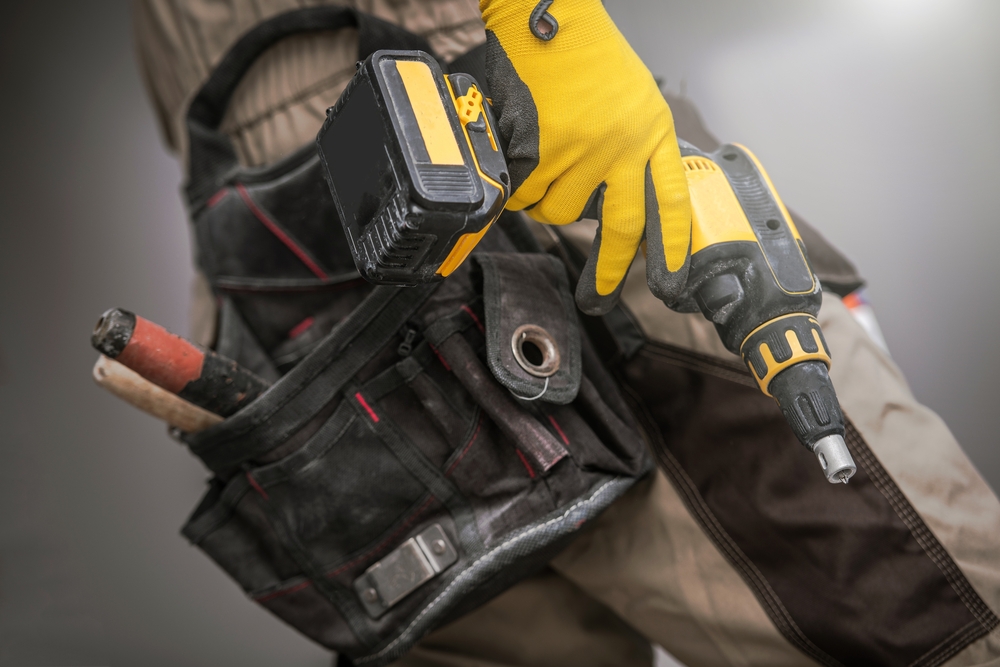Mechanic’s Lien Explained (Part II) Mechanic’s Lien Payment As A Defense
As mentioned in Part I of our Mechanic’s Lien series, the Defense of Payment suggests that a Mechanic’s Lien placed by a contractor or subcontractor is defeated if and when the owner of the project can prove that the cost of the project has been paid in its entirety this is know as Mechanic’s Lien Payment. Until the owner has been notified of the general contractor’s Mechanic’s Lien, the owner can make payments on the balance to the general contractor as they please, which weakens the ability of the subcontractor to place their own lien on the property. Because the subcontractor’s lien is only as strong as the argument of the general contractor on the project owner, the subcontractor is at a disadvantage if they do not file the lien in due course. Mechanic’s Lien Payment can be an effective defense against a Mechanic’s Lien.
If you have been threatened with a Mechanic’s Lien, there are a few important things you should know. First, understanding who can file a Mechanic’s lien is necessary to know if you are engaged in a scam. In the District of Columbia, mechanics lien protection is limited to those parties who contract with either the property owner or the prime contractor. Additionally, sub-subcontractors, architects, and suppliers to suppliers are not entitled to a lien. Furthermore, a contractor must file a mechanics lien within 90 days after completion or termination of the project. The 90 is taken off of the earlier of the two options.
For more information regarding filing a Mechanic’s Lien in the District of Columbia schedule a consultation with one of our attorneys or call us at 202-803-5676. For general questions concerning real estate law or other legal issues, check out our blog.

